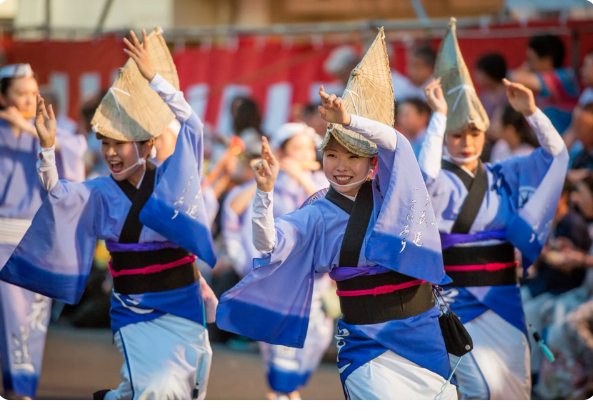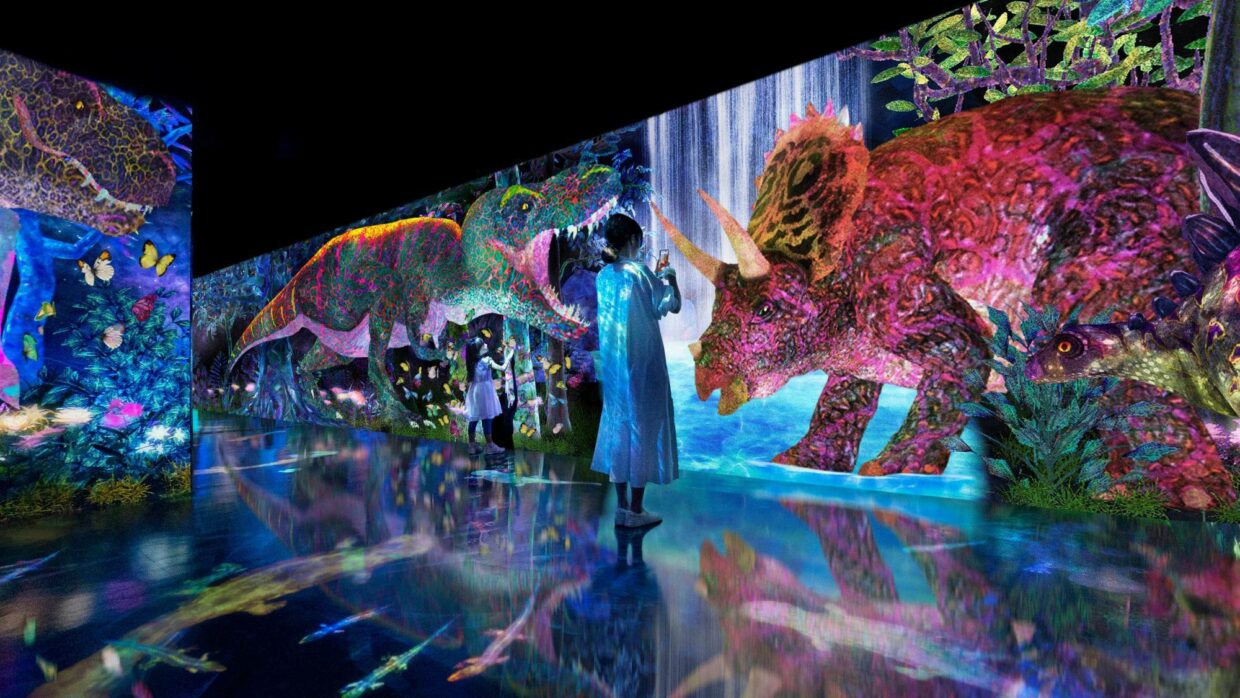Navigating Legal and Cultural Aspects
Investing in Japanese real estate can be a rewarding venture, offering a blend of financial opportunities and cultural immersion. However, to make the most of this experience, it is crucial to understand and navigate the unique legal and cultural aspects of Japan’s real estate market. In this blog post, we will explore essential information to ensure a smooth and legally compliant investment process in the Land of the Rising Sun.
Understanding Foreign Ownership Restrictions
As an investor, it is essential to be aware of Japan’s regulations regarding foreign ownership of real estate. While the country generally encourages foreign investment, certain restrictions do exist. For instance, there are limitations on owning land in designated sensitive areas, including some coastal regions and near military installations. Understanding these restrictions will help you identify suitable investment opportunities that comply with the law.
Legal Procedures and Documentation
Purchasing real estate in Japan involves a series of legal procedures and paperwork. It is advisable to engage a qualified local real estate agent or attorney to guide you through the process. They can assist with reviewing contracts, verifying property titles, and ensuring all necessary documentation is in order.
Land Use Zoning and Building Regulations
Japan has specific zoning laws and building regulations that dictate how properties can be used and developed. Different zones allow for residential, commercial, or mixed-use development. Before making an investment, it is vital to understand the permitted land use and any restrictions on renovations or construction.
Leasehold vs. Freehold Properties
In Japan, properties can be classified as either leasehold or freehold. Leasehold properties are more common in urban areas and typically have a fixed lease period with associated fees. Freehold properties, on the other hand, provide full ownership of both the land and the building. Understanding the implications of each type is crucial when making investment decisions.
Cultural Considerations in Real Estate Transactions
Japanese culture places great importance on interpersonal relationships, trust, and respect. Building a good rapport with local partners, sellers, and agents is key to a successful investment process. Politeness, patience, and adherence to local customs can go a long way in establishing trust and fostering positive business relationships.
Property Management and Maintenance
If you plan to invest in rental properties, having a reliable property management team is essential. Language barriers and cultural differences may make it challenging to manage properties from abroad effectively. A reputable property management company can handle tenant relations, property maintenance, and rental collection on your behalf.
Taxation and Financial Considerations
Investing in Japanese real estate has implications on taxation, both in Japan and your home country. Understanding the tax laws and seeking advice from tax professionals will help you optimize your investment and minimize potential tax burdens.
Investing in Japanese real estate can be a lucrative and fulfilling venture, but it requires careful consideration of the legal and cultural aspects specific to the country. By understanding foreign ownership restrictions, legal procedures, cultural nuances, and taxation implications, you can navigate the market confidently and embark on a smooth and compliant investment journey. Whether you’re looking for a second home, rental property, or a long-term investment, Japan’s real estate market offers an array of opportunities for the discerning investor.










